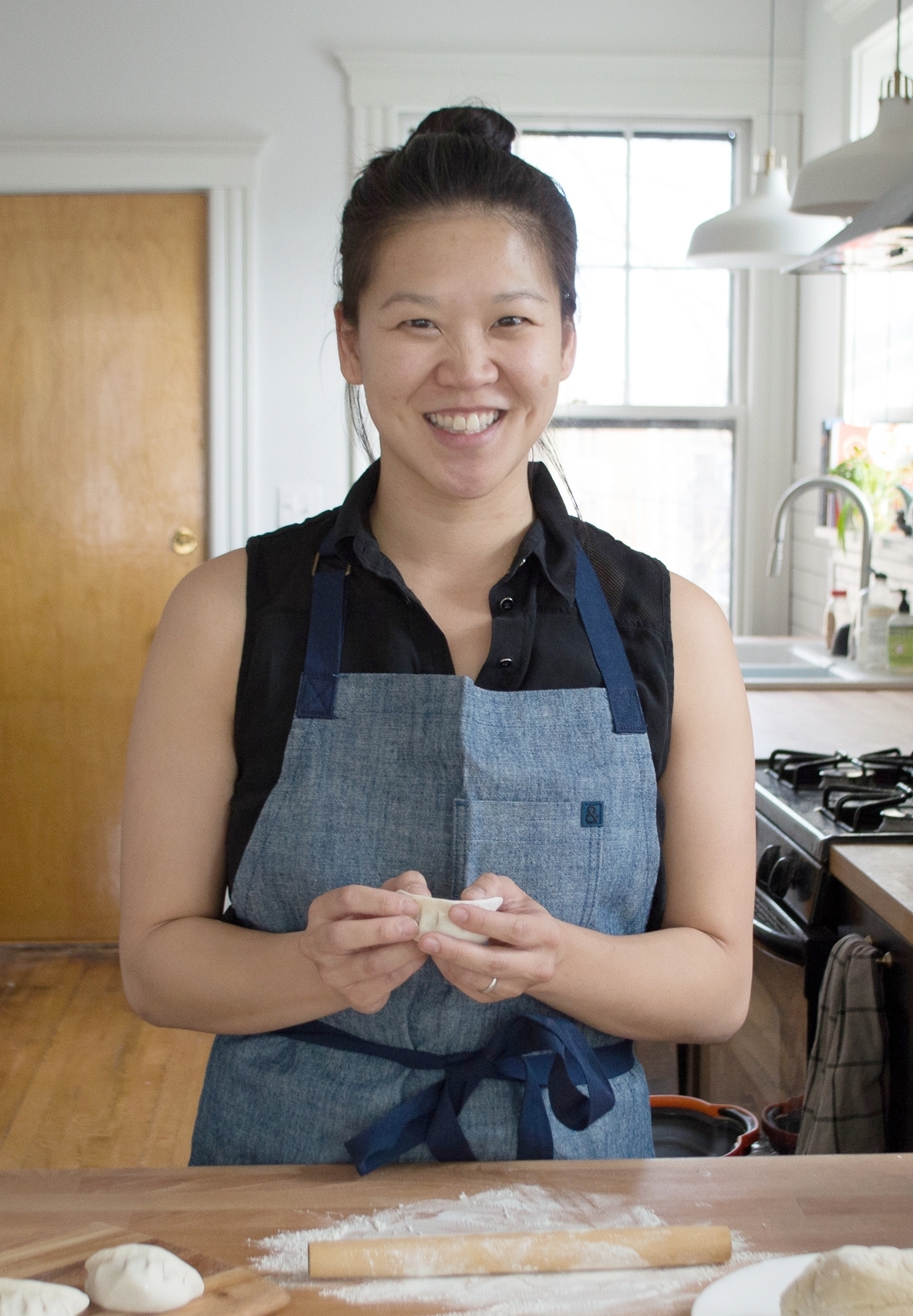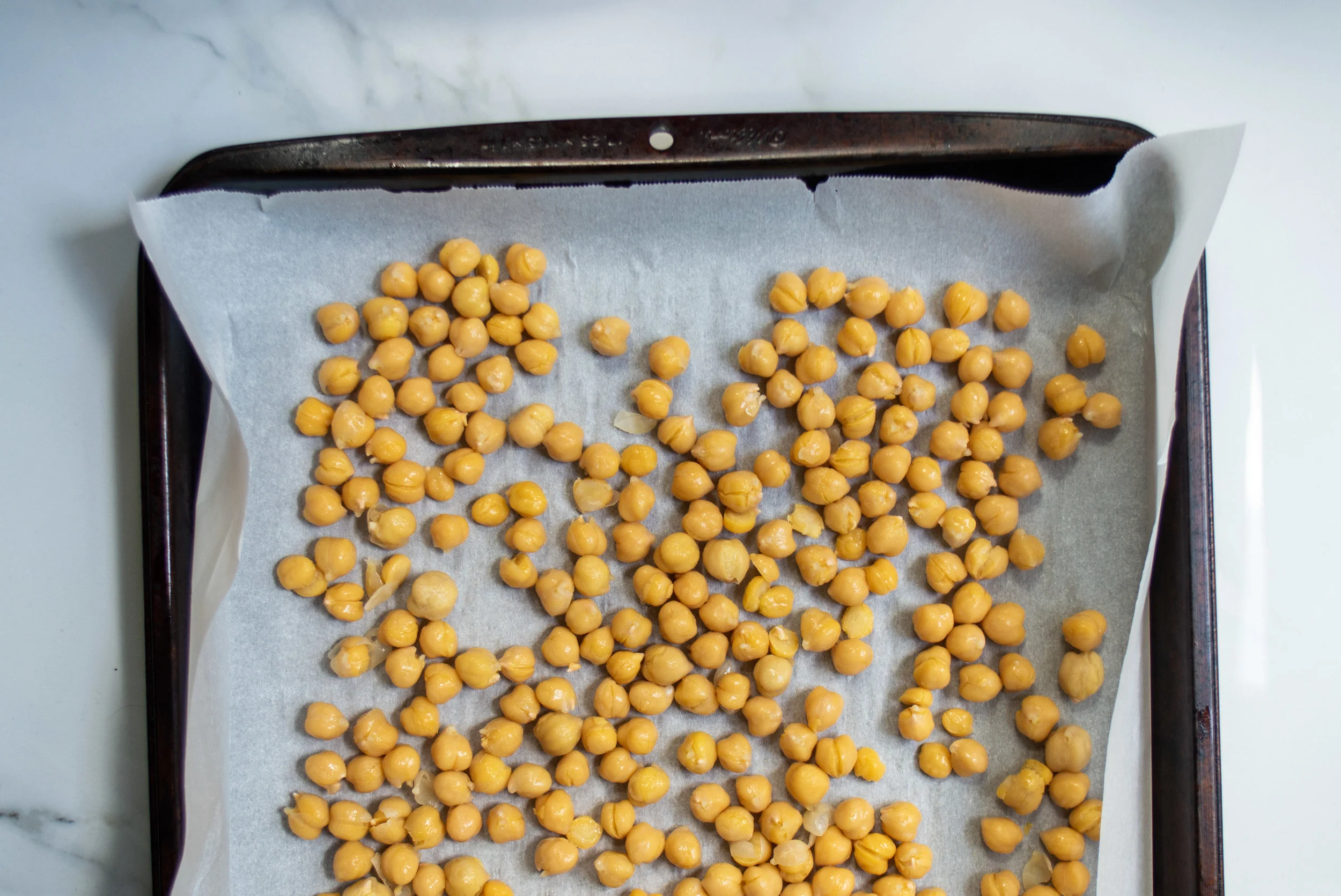Cooking Dried Beans, Peas, and Lentils
Beans, peas and lentils are beloved in our house - easy to make, super versatile, and extremely affordable, they’re a great nutritious and filling option to have in the kitchen. I’ve always been pretty reliant on canned beans, but after speaking to friends at the nonprofit environmental health website Because Health I learned that the linings of cans can leach chemicals like BPA into your food. Thankfully, dried legumes are typically much cheaper and more flavorful than the canned options, so it’s not a difficult switch to make; they just require a bit more advance planning than cracking open a can.
If you don’t cook dried beans or peas often, here are a few helpful things to know:
Rinse your beans before cooking, as they’re not always cleaned before packaging
Soaking dried beans will make them cook more evenly, plus can help remove the enzyme that causes gas. If you don’t soak your beans, they’ll take longer to cook. If you do soak them, you can just pop them into a large bowl with a pinch of salt, cover them with a few inches of water and leave them for 12-24 hours (so you can do them before you go to bed and cook them the next night for dinner), then drain and rinse.
If you only have a few hours, you can do a fast soak by boiling the beans with a pinch of salt over high heat and letting them sit an hour, then draining and rinsing.
To cook your beans, you have a few options:
Stovetop: This simple method just requires a large pot - keep in mind that the volume of your cooked beans can be 2 or even 3 times larger than the dried beans, so give them some room! Put 1 or 2 cups of dried beans into your pot, add 4-6 cups water and a pinch of salt. Bring the water to a boil, then lower heat and cook at a simmer, stirring occasionally and skimming off any foam. Unfortunately, it’s hard to predict how long beans will take to cook through - size and variety will obviously have an effect, and older beans can take much longer than younger beans. But you can aim for 30-60 minutes for smaller beans, peas, and lentils (except our household favorite red lentils, which are usually done in an acceptable we-are-starving-for-dinner-right-now time of 15-20 minutes). Larger beans like chickpea/garbanzo beans or kidneys could take two hours or more.
Try to always give yourself extra time - the most important thing is that your beans are cooked all the way through or they won’t be as flavorful or easily digestible. Aim for tender, soft beans - a little overcooked is better than undercooked - and just check often and add water if there is none atop the beans.
Instant Pot or other pressure cooker: I love my Instant Pot for cooking legumes. Make sure your beans are covered by at least 2 inches of water (and add a pinch of salt) and that the pot isn’t filled much more than halfway or you risk overflow. Smaller beans should take about 10 minutes under high pressure, 25-30 for larger beans.
However you decide to cook your beans, taste when done to ensure they’re cooked through, and add salt to taste. Don’t drain them right away - let them cool in the cooking liquid and store them in the liquid in the fridge for up to a week and the freezer for months. The liquid is also a great base to use for stocks, stews, and soups. You can add herbs or aromatics like garlic or onion while you cook the beans to amp up the flavor even more.
Once you have cooked beans, especially chickpeas: Roast or broil them (or pan-fry, it’s really up to you) to get them crispy and delicious! If you have leftover chickpeas and want to change things up a bit, pop them in the oven at 400 degrees for 30 to 40 minutes, then toss them in olive oil with some spice of your choice, like cumin or paprika or chili powder. For a quick -and-easy version, you can broil them for 5-10 minutes too. I also like to reheat cooked lentils by pan-frying them in a bit of oil until they’re crunchy and tasty and put them on top of a salad or eggs or rice.







